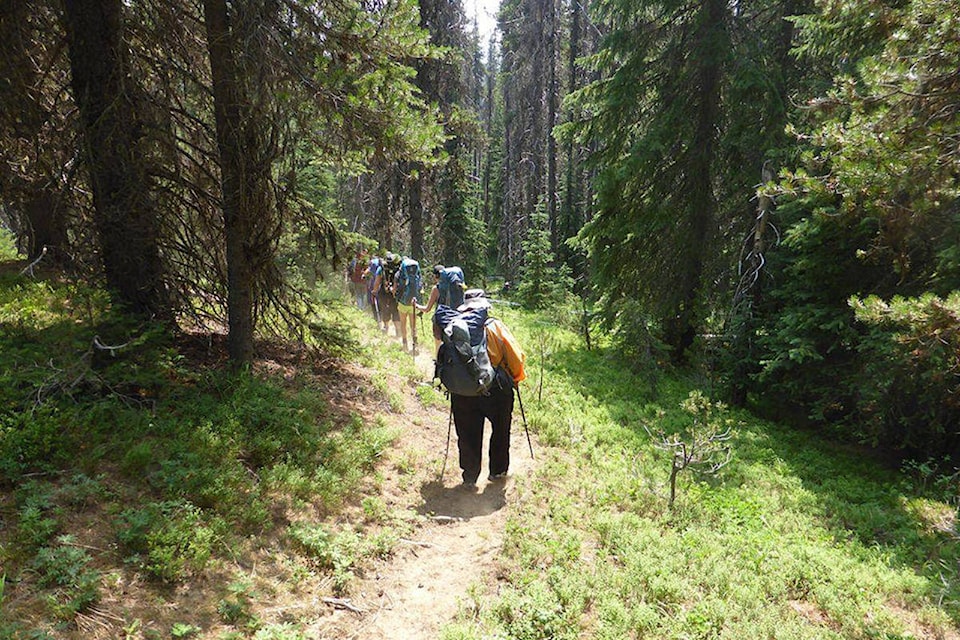As the first serious snowflakes of February began to fall from the night sky, the talk was all about fun in the sun as the Feb. 11 council meeting kicked off with delegation presentations from the Fraser Valley Watersheds Coalition (FVWC) and the Hope Mountain Centre and AdvantageHOPE.
“We are boots-on-the-ground folks … who are finding solutions to (environmental) challenges,” said Natashia Cox, who works with FVWC.
And while they don’t yet have a big presence in the Hope area, Cox says the non-profit society hopes that will change soon with the reclamation of the Tom Berry gravel pit, “which I hope you’ll see as a Legacy Project.”
Used during the construction of the Coquihalla Highway, the Tom Berry gravel pit has become a quarter-kilometre deathtrap for fish.
READ MORE: PHOTOS: Hope’s new Mayor and council sworn in
The Fraser Valley Watershed Coalition “start with the salmon and build outwards … and in its current state, the gravel pit is trapping and killing fish. It’s not a great habitat,” explained Cox to council members.
In the spring, when the Fraser’s waters rise, fish are able to get into the pit, but they can’t get back to the river’s flow when the water level falls, and they’re unable to survive in the shallow waters long-term. But to maintain a healthy marine ecosystem, the Fraser’s salmon need to get to the Salish Sea.
It may be hard to imagine, but “efforts in Hope will help with strategies to help the killer whale,” which is listed as an endangered species.
“And I know you’ve already discovered this gem. I don’t need to convince you (of its worth),” Cox said, “but I ask of you to partner with us to protect the Barry Gravel pit for conservation and recreation.
“Hope is a mecca for outdoor opportunities … and I think we can make something pretty significant here.”
READ MORE: Storage facility for RVs given the green light for development in Hope
Stephanie Hooker of AdvantageHOPE and Kelly Pearce of Hope Mountain Centre agreed with that statement.
“Our natural assets are our biggest asset as a rural community,” said Hooker while updating council on the progression of trail work completed through Rural Dividend Grant funding the past two years.
Projects like the Tom Berry gravel pit and the construction and maintenance of outdoor trails are essential because “outdoor recreation is a travel motivator and a reason why people choose to live here,” continued Hooker, which is important for the economic stability and growth of the district.
“They’re all important to the quality-of-life asset that we’re trying to promote,” added Pearce, as he segued into asking council to participate in a three-year pilot program that would provide Hope Mountain Centre $29,000 annually to continue its work on local trails.
There was no decision made on behalf of the District of Hope in regards to either request.
For more information about the Fraser Valley Watersheds Coalition, visit their website at FVWC.ca.
Visit HopeMountain.org for information about Hope Mountain Centre, and HopeBC.ca/about for information about AdvantageHOPE.
@SarahGawdin on Twitter
SarahGawdin on Instagram
News@HopeStandard.com
Like us on Facebook and follow us on Twitter.
